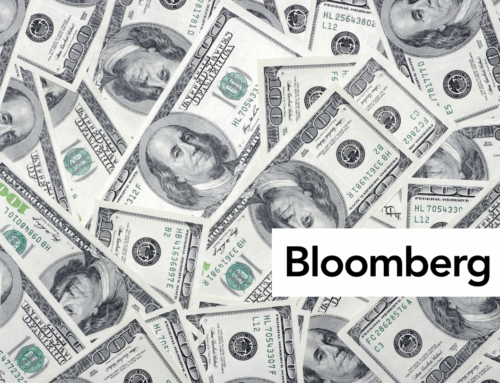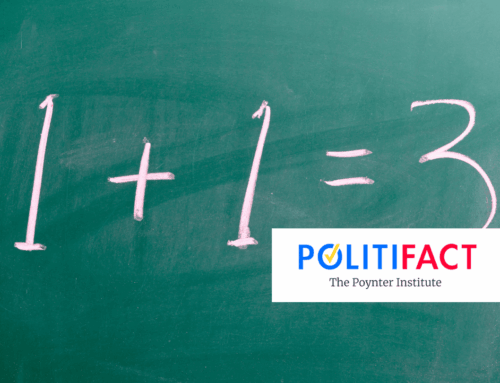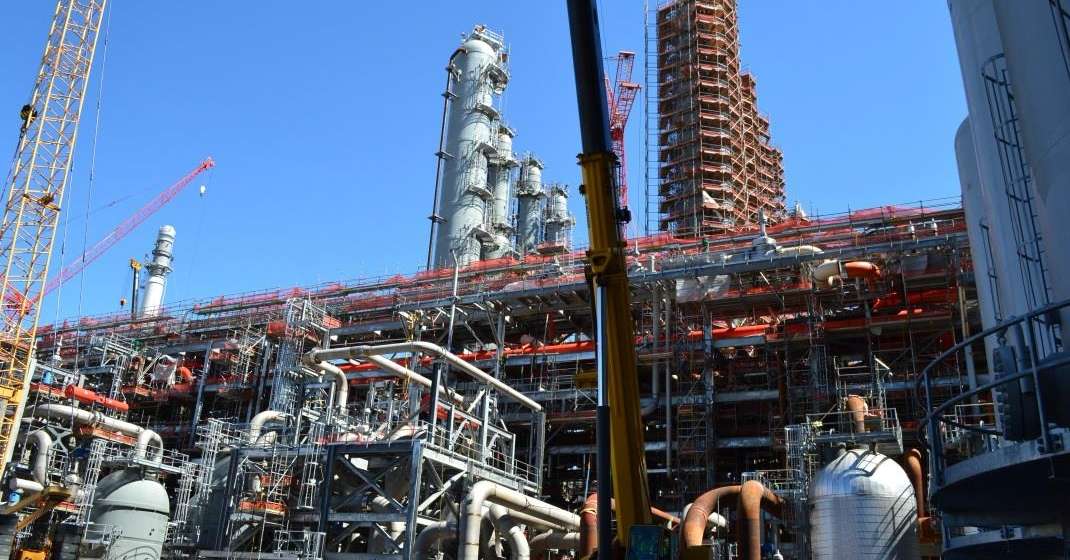The Biden Administration submitted a supplemental spending request seeking additional emergency funds for both Ukraine and continued COVID-19 response. Totaling $32.5 billion, $22.5 billion is directed to various agencies for COVID-19 response efforts, with $10 billion for spending prompted by the conflict in Ukraine. The administration requests these funds be included as part of an Omnibus spending package to extend federal spending beyond the March 11 expiration of the current Continuing Resolution. The administration also states it anticipates additional funding for Ukraine and COVID-19 response will arise depending on conditions in the future.
Below is an accounting of the COVID-19 related emergency spending request. If enacted, this would be the seventh COVID-19 “emergency” supplemental spending bill adopted since March 6, 2020. The previous six resulted in more than $4.6 trillion in resources, from testing to tax cuts, being directed in response to COVID-19. As of the end of last year, nearly $500 billion of these funds remained unobligated.
- Department of Health and Human Services (DHHS) – $18.25 billion
- Public Health and Social Services Emergency Fund – $15.7 billion
- Medical Countermeasures – $12.2 billion. Funds used to obtain oral antivirals, monoclonal antibodies, and additional vaccines (including pediatric boosters). The exact number of treatments is dependent on future price negotiations. Vaccine funds are intended for purchase of booster shots for current pediatric vaccine recipients (ages 5-12) as well as funds set aside for new vaccines developed in response to variants that may emerge.
- Testing and Supplies – $2.0 billion. Funds would be directed at no-cost community testing centers, at-home rapid tests, and spending to maintain supply chains for test production and laboratory capacity for testing.
- Vaccine Research on New Variants – $1.5 billion. Near-term research for developing vaccines that protect against the newest variants.
- Health Resources and Services Administration (HRSA) – $1.5 billion
- Funding would reimburse testing, treatment, and vaccination costs providers incur for uninsured patients. This account would be a shift from the Provider Relief Fund and American Rescue Plan (ARP) testing appropriation, set to exhaust current funding by late April or early May.
- Center for Disease Control and Prevention (CDC) – $1.05 billion
- Surveillance of Variants and Ongoing Domestic Response – $300 million. Mostly directed at surveillance and sequencing of new variants.
- Vaccine Readiness and Technical Assistance – $750 million. Funding for CDC to work with the US Agency for International Development (USAID) to increase global access to COVID-19 vaccines. Funding for technical assistance related to vaccine policy, safety reporting, advertising campaigns, training, and related activities, but not actual purchase of vaccine dosages.
- Public Health and Social Services Emergency Fund – $15.7 billion
- Department of State and USAID – $4.25 billion
- Vaccine Readiness and Deployment through Global VAX – $1.8 billion. Funding directed to USAID to work, in conjunction with CDC, on providing technical assistance, educational outreach, purchase of ancillary supplies, and strengthening delivery supply chains for COVID-19 vaccines in foreign countries.
- Lifesaving Activities, Supplies, and Health Worker and Systems Support – $1.7 billion. Purchase of tests, treatments, oxygen, and other treatments for high-risk populations. Includes up to $100 million in personal protective equipment (PPE) purchases for health care workers.
- Humanitarian Assistance – $750 million. $500 million for International Disaster Assistance (IDA) and $250 million for Migration and Refugee Assistance (MRA) accounts to provide food, water, healthcare, and other protections for communities affected by COVID-19.









